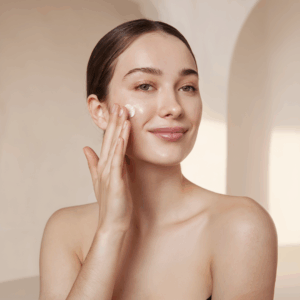
Why Healthy Skin Month Is the Perfect Time to Refresh Your Routine
Healthy Skin Month is here! Discover how to protect your skin this winter and book your skincare consultation today!
Shannon Del Grande is now seeing patients in our Wayne/Chesterbrook office.
Summer is synonymous with sunshine, outdoor adventures, and that coveted golden glow. However, beneath the warm sun lies an invisible threat: ultraviolet (UV) radiation. The higher the temperature, the higher the risk of exposure to UV radiation, a major contributor to premature aging, sunburn, and skin cancer. The Skin Cancer Foundation states that over 90% of nonmelanoma skin cancers are associated with UV radiation from the sun.
In this article, we are going to explore the basics of UV protection: what is UV radiation, when does sun exposure become most deadly, how to choose the right sunscreen, and how to best shield your skin this summer.
While this article spells out some important information about UV safety, we highly recommend you read the full article, here are the key points we will focus on:
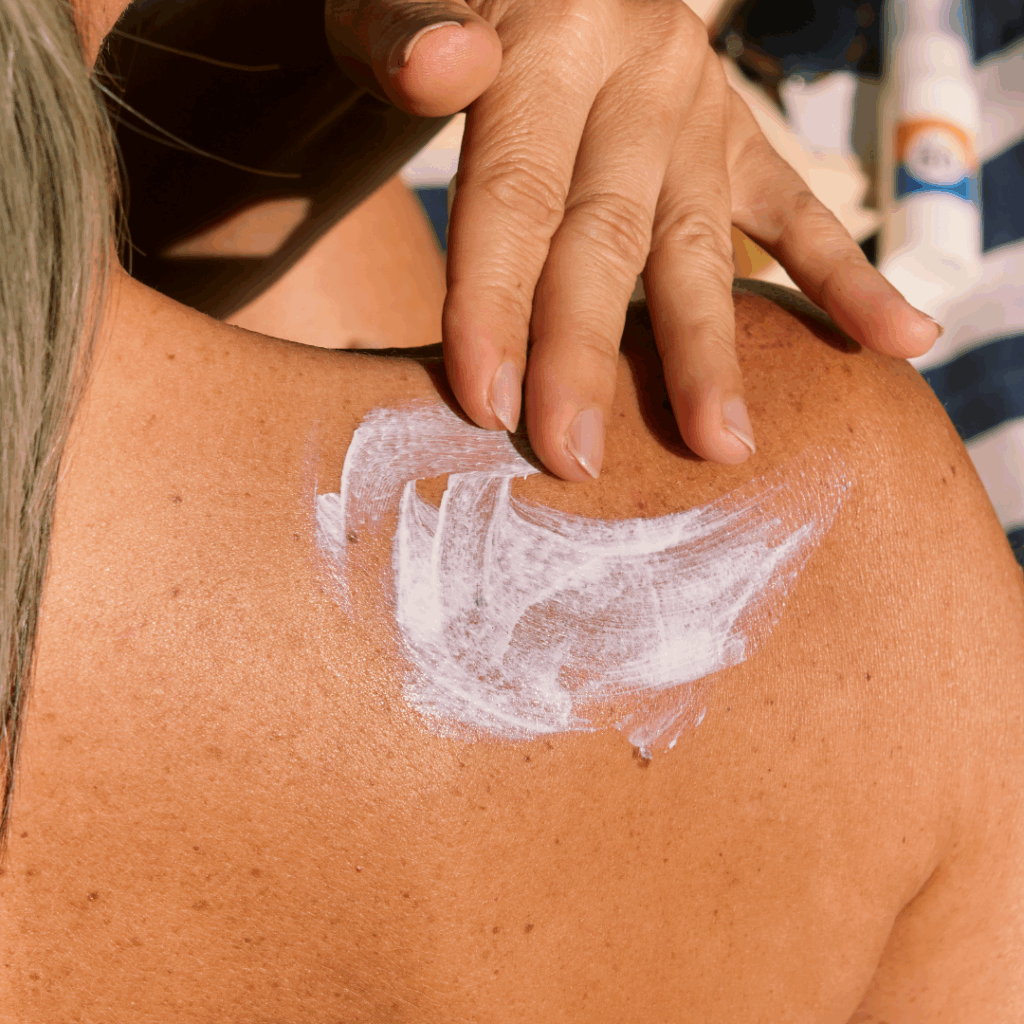
UV radiation is a form of electromagnetic radiation emitted by the sun. Although we can’t touch or see them, they are powerful enough to penetrate the skin and cause havoc at the cellular level. This makes UV radiation the “invisible killer.” Studies reveal that 10-15 minutes of unprotected sun exposure during a UV Index higher than 3 may start damaging your skin.
There are two main types of UV rays that affect your skin:
UV radiation is more harmful during certain times of the day and year, such as:
Sunscreen acts as a barrier between your skin and the harmful UV rays. It absorbs, reflects, or scatters the UV radiation before it can penetrate your skin and cause damage. However, not all sunscreens are the same. Choosing the correct one is the key to getting protection.
Using the right sunscreen every day is one of the most effective ways of avoiding sun damage.
Sunscreen is only effective if applied correctly, yet most people don’t use enough.
Sunscreen works best when combined with other sun-safe habits. These additional steps can significantly lower your risk of sun damage:
Recognizing these early indicators of sun damage allows you to take action before the damage worsens.
Protecting your skin from UV damage is a year-round commitment, and Bryn Mawr Dermatology is here to support you every step of the way. Our board-certified dermatologists offer personalized care, advanced screening tools, and tailored recommendations to help you maintain healthy, radiant skin.
Whether you’re dealing with sunspots, seeking guidance on the best SPF for your skin type, or simply overdue for a skin exam, we can help you make informed decisions and take preventive action. We understand that every patient’s skin is unique, which is why we take the time to evaluate your history, lifestyle, and skincare habits before recommending treatment.
We believe UV safety starts with awareness and continues with expert care. Book your skin check or consultation today by calling (267) 486-3482or using our online booking tool. Let us help you protect and preserve your skin for years to come.

Healthy Skin Month is here! Discover how to protect your skin this winter and book your skincare consultation today!
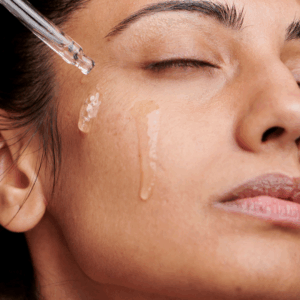
Celebrate Skincare Awareness Month by making your skin health a top priority. Discover expert tips and book your appointment today!
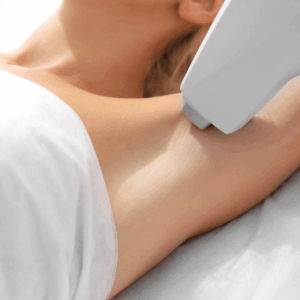
Do you want to fade acne scars, smooth wrinkles, or remove unwanted hair? Learn how laser skin treatments can help!

Give your skin a much-needed reset this back-to-school season. Book your full-body skin check with Bryn Mawr Dermatology today.
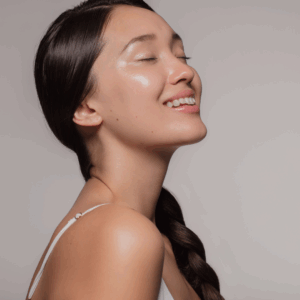
Ready for a skin reset? Refresh your glow after summer with expert care and treatments at Bryn Mawr Dermatology. Book your appointment today.
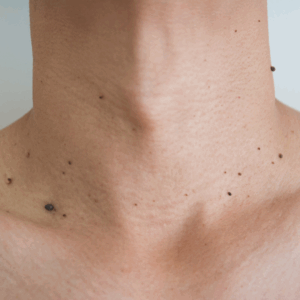
Is that bump a wart or a skin tag? Learn how to spot the difference, and when it’s time for treatment your next treatment.

By: Bryn Mawr Dermatology, Published: March 4 2024
Medically Reviewed By: Christine Stanko, MD, FAAD –March 3, 2025
For COSMETIC APPOINTMENTS:
For MEDICAL APPOINTMENTS: